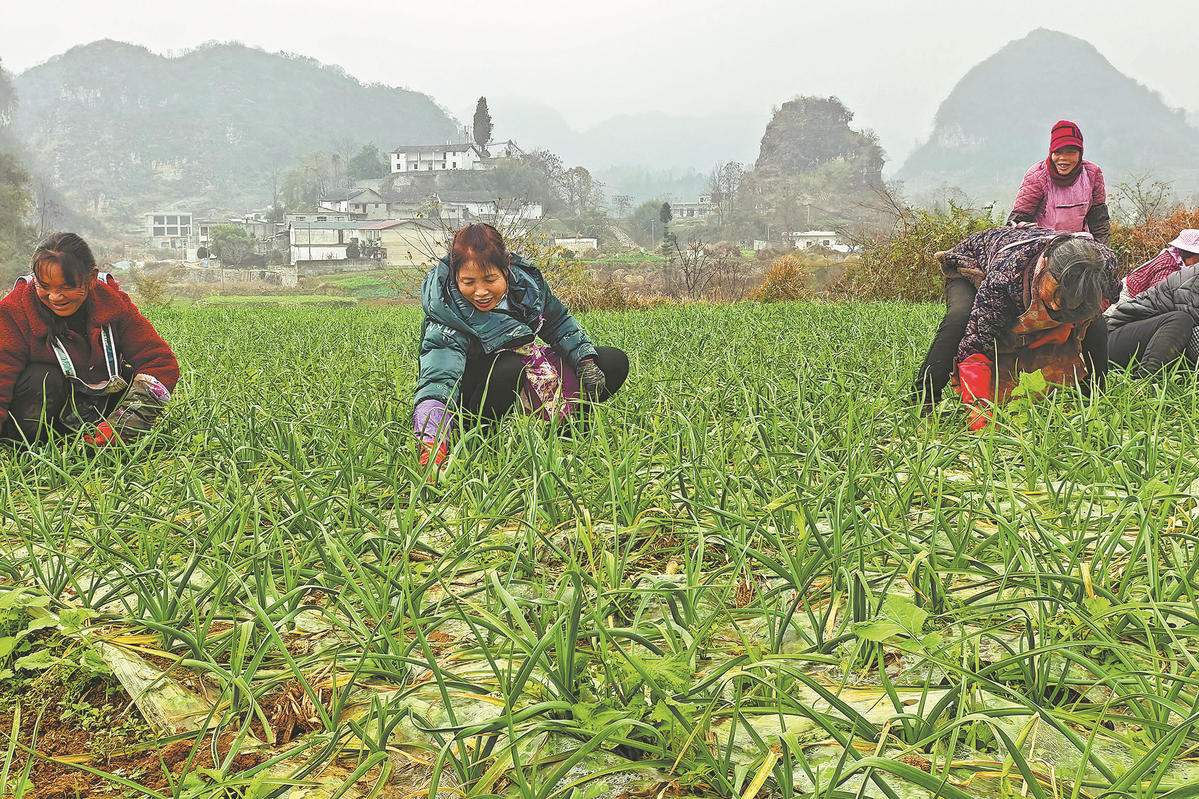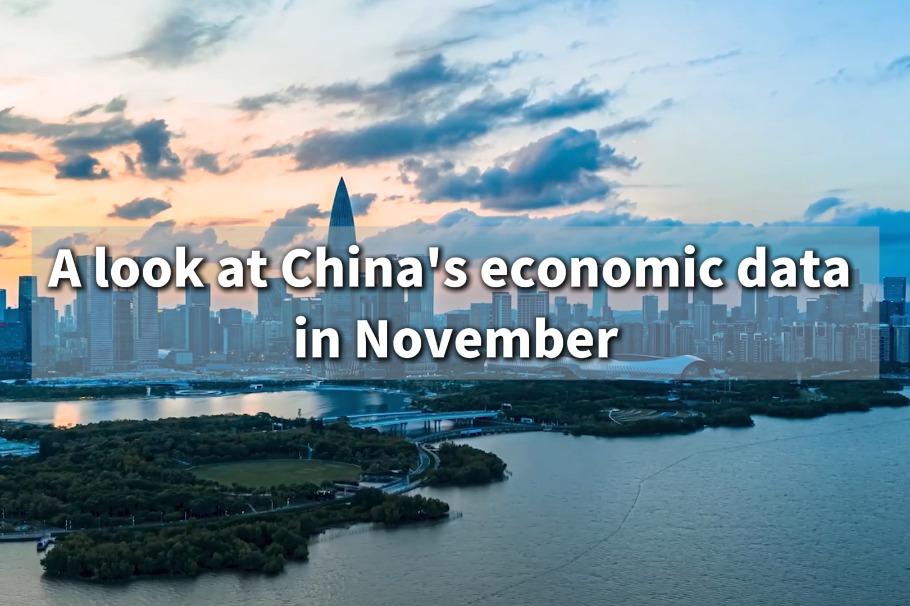Carbon inclusion program empowers industrial energy efficiency in Jiaxing

Recently, staff members from State Grid Jiaxing Power Supply Company visited the China Chemical New Material (Jiaxing) Zone in Zhejiang province to analyze the current balance of carbon emission reductions and demand in the park, while also learning about the carbon asset development and trading needs of local enterprises.
Sheng Qinqin, a deputy head of the Party Working Committee at Zhapu Economic Development Zone (Jiaxing Port Area), said the park is home to a large number of chemical enterprises, including Jiahua Energy and Sanjiang Chemical, that have a strong commitment to clean energy adoption and carbon reduction.
As a vital component of China's multi-layered carbon market system, the Carbon Inclusion Program quantifies the low-carbon actions of individuals and enterprises into measurable emission reductions. These reductions can then be monetized through trading and other mechanisms.
Jiaxing, a major economic and industrial hub, began exploring carbon inclusion mechanisms as early as two years ago. Since the establishment of its local carbon inclusion market, State Grid Jiaxing has deepened policy-research collaboration. In 2024, in partnership with the Yangtze Delta Region Institute of Tsinghua University in Zhejiang, the company focused on the field of industrial wastewater treatment and jointly developed and released the Methodology for Greenhouse Gas Emission Reductions in Industrial Wastewater Treatment in Jiaxing. This provides a technical foundation for the quantification, reporting and verification of carbon reduction projects in the sector.
Within the Jiaxing Chemical New Materials Park, overhead pipe corridors are a common sight. These exposed pipelines transport high-concentration wastewater to the Jiaxing Port Area Industrial Wastewater Treatment Plant. On the other end, biogas generated during treatment is captured and used to power an on-site generation system, which now supplies nearly all the electricity needed for the plant's second-phase operations—resulting in an indirect reduction of approximately 17.4 tons of carbon emissions per day. In addition, treated low-concentration wastewater is collected through a separate pipeline and processed before being discharged.
Leveraging this system and the newly developed wastewater treatment method, State Grid Jiaxing estimates that the Port Area's wastewater treatment plant can develop up to 300 tons of carbon assets. These assets can then be traded on the carbon market, turning carbon reductions into tangible green revenue and helping local enterprises convert their "green value" into "golden value".



































